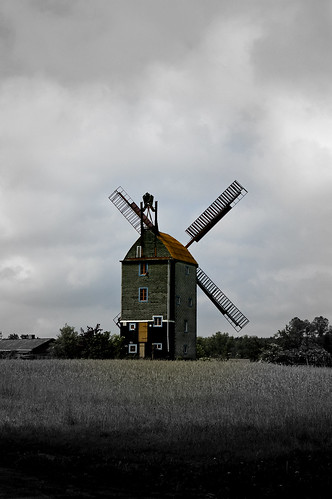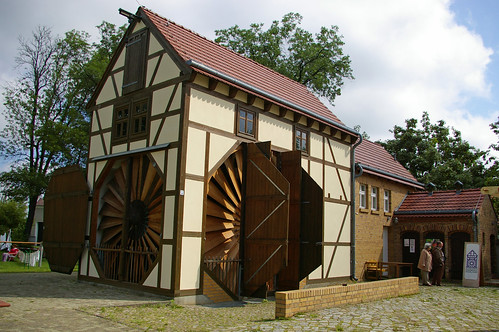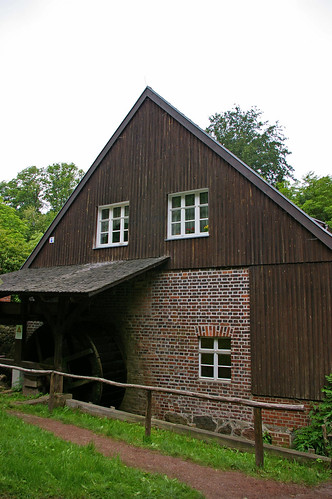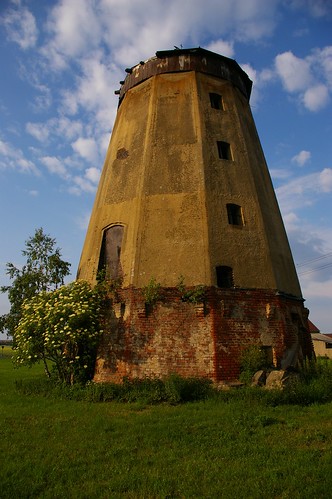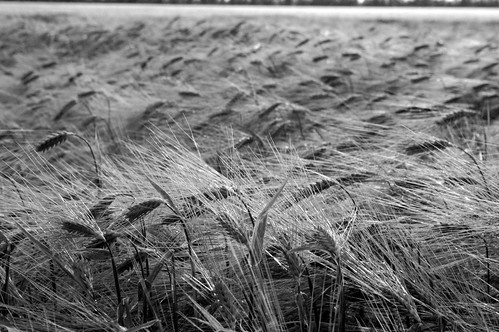** As always, please click on the photos to be taken to a larger version on my flickr site**
June 1 dawned cool and lovely, but very humid – which was to lead to thunderstorms later in the day (and make for dramatic photos). For weeks, Michael had bugged me (in a good way) about the fact that Brandenburg was going to open all it’s old flour mills and you could go through and see them. These aren’t the huge electricity producing ones – but instead, are amazing throwbacks to a simpler time – where the earth and people were more in harmony – where farmers grew grain, horses plowed fields and pulled carts, and granite stones turned by wind and water ground the wheat, rye, and barley kernels into a white powdery flour. Not an easy life – but one that allowed for a good day’s work from sunup until sundown. It was back in that time when the flour was made into bread – and Bread was the main staple of everyday life. It may seem like forever ago that each town actually needed a mill – but truly, it wasn’t so long ago – only about 150 years. Our Goal was to drive all over rural Brandenburg through lots of small towns and see ~20 mills. Did we make it? Well… the answer is Maybe.
You see, we saw this mill – near Saalow – Wieseckes Mill first. The mill was closed to tours, but sat in the middle of a wheat field with a nice dirt track leading up to it and some beautiful fruit trees on either side. From there, we headed up the road maybe a mile, to Saalow itself, where they have the world’s only Internal turbine mill. It does work, and was built in the 1700’s. The reason for this ingenious invention was to keep from having to pay taxes – which, at the time, were based on the length and width of the building.
The little town had really put on a show – including old motorcycles, tractors, and washing. (pictures in another blog). From there, we wandered a bit and saw some barracks (I’ll post about that later) several churches and one of the UNESCO world heritage Cloisters that is so over the top Rococco (it’s almost obscene to the eye) and had lunch (yes, I’ll post this later too). After Lunch (and some of the best black beer I’ve ever tasted), we were back on the road and decided on the Schwerzkoer Mill – a water mill:
Which was complete with its pond and …..
Now late afternoon, we headed past a mill ruin where the sun came out long enough to get a couple great pictures and, I met an old woman as I went to go behind the mill….
Now, remember, this was the old communist side of Brandenburg. She’d obviously not had an easy life, let me tell you, but she was very kind and really just happy for a chat. She had to be about 80 years old, and was missing several of her front teeth. As I walked down the dirt path to get a shot of the ruin, she popped out from behind the house wearing a polyester house coat, dark trousers and white worn leather shoes. I think what sticks out is the crazy house coat – because it was as bright as per personality – the coat had this dark violet background with large neon pink and orange flowers, and white piping – and reminded me totally of something I would have seen my great grandmother in. She had green gardening gloves, was hatless – with white hair blowing in the wind, and was carrying a ancient rusted hoe that had a three pronged “rake” on the opposite end. She asked me how come she had had so many people stopping, and I remarked on the mill and the fact that hers was on the list. She was pleasantly surprised – as she explained to myself and Micha that the mill we were looking at had been out of order since her husband’s boyhood. Apparently, it was closed up around the turn of the century, she said, by his grandfather. His great great grandfather had built it (and if my guess is right that would be in the late 1700 or early 1800’s) and operated it for most of his life. She explained that it was a classic “hollandesch muelle” and that the family had owned the land around it for years. It was an interesting chat, and after it she let me walk around the mill for some photos – where I noticed that someone was still growing wheat.
Anyhow, after a couple more mills and with the weather turning dark, we hit the freeway – to see several “modern windmills” – well over 80 of them were passed by on the way back toward Teltow. By far, it was a successful day – 7 “old style” mills, and lots of new ones. (did we make 20? You decide). The best picture of the day, however, goes to the storm clouds – which parted long enough to give me this:
So, here’s to those who built the mills – that are now a throwback to a time none of us alive remembers – and here’s to those who see the technology of yesteryear as a “GREEN” energy – (but without acknowledging the dams that are needed for the watermills, or that not every place is perfect for windmills) and are trying to make use of it today.
PS – Thanks Micha for driving… I’ll get more pictures up soon.
PPS – if you want to see more, the flickr set is here.
